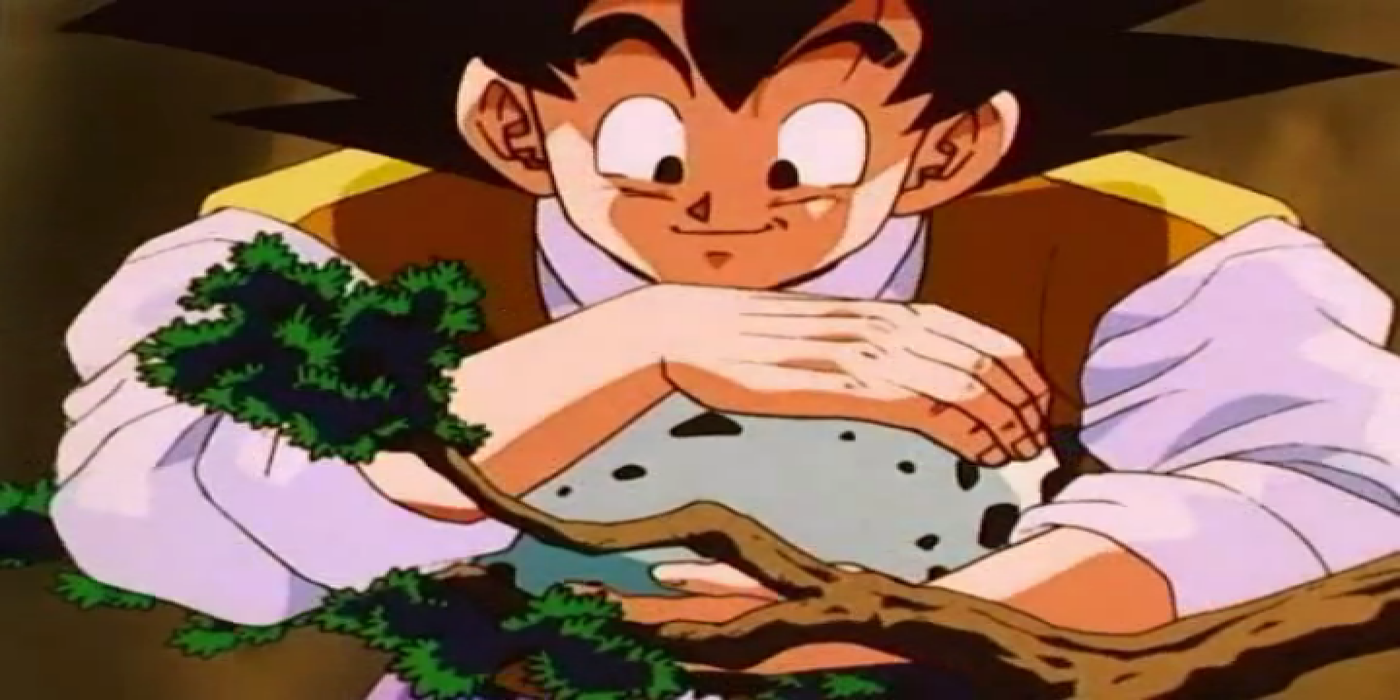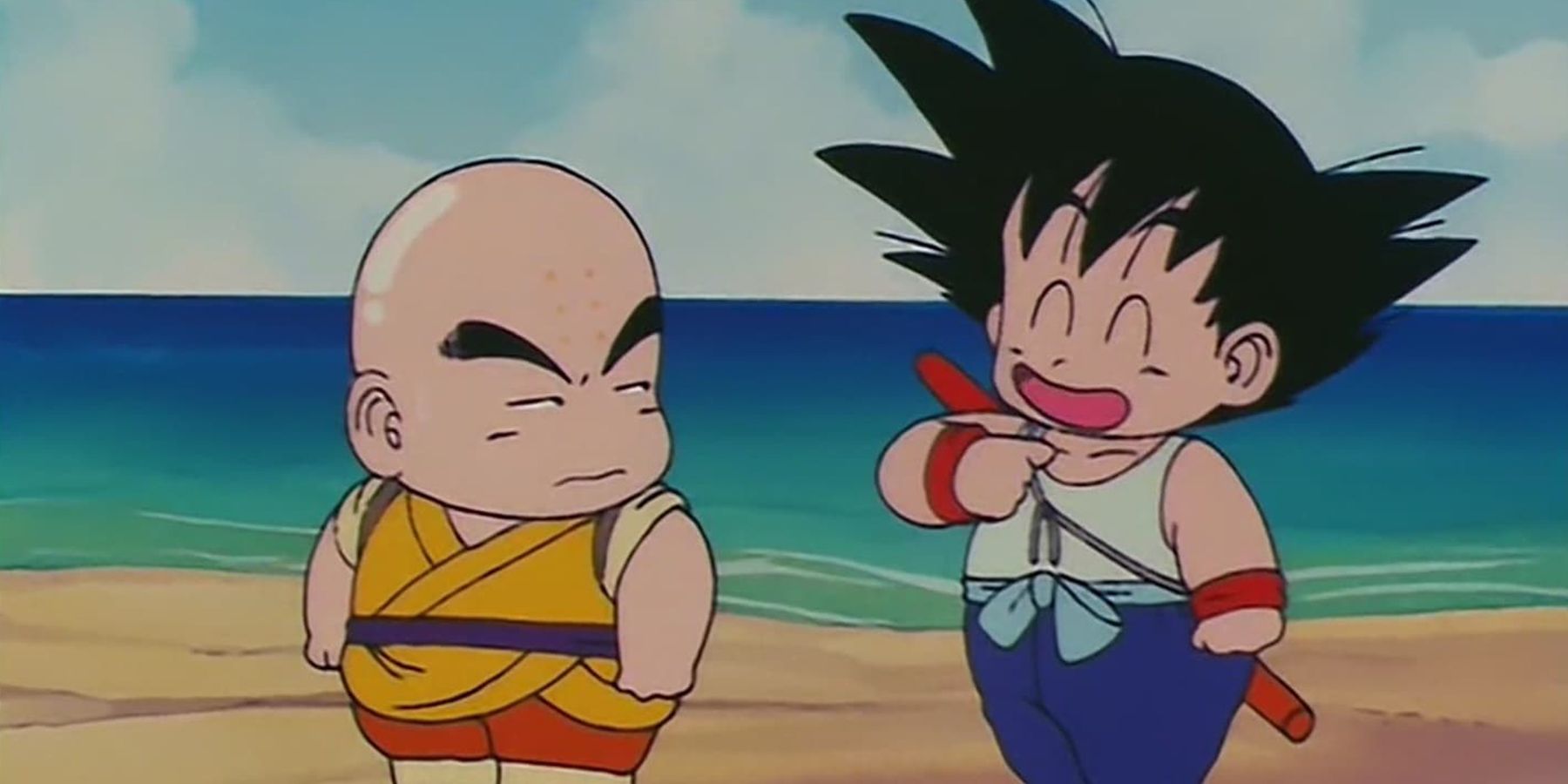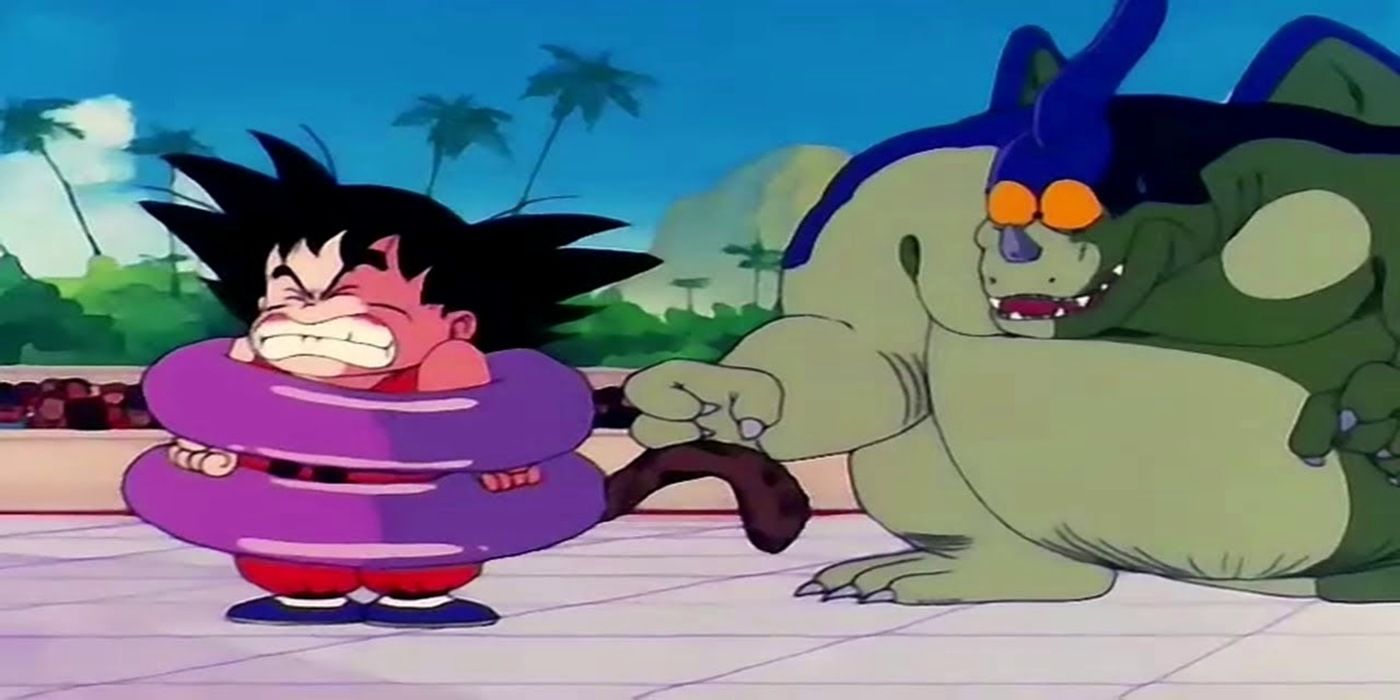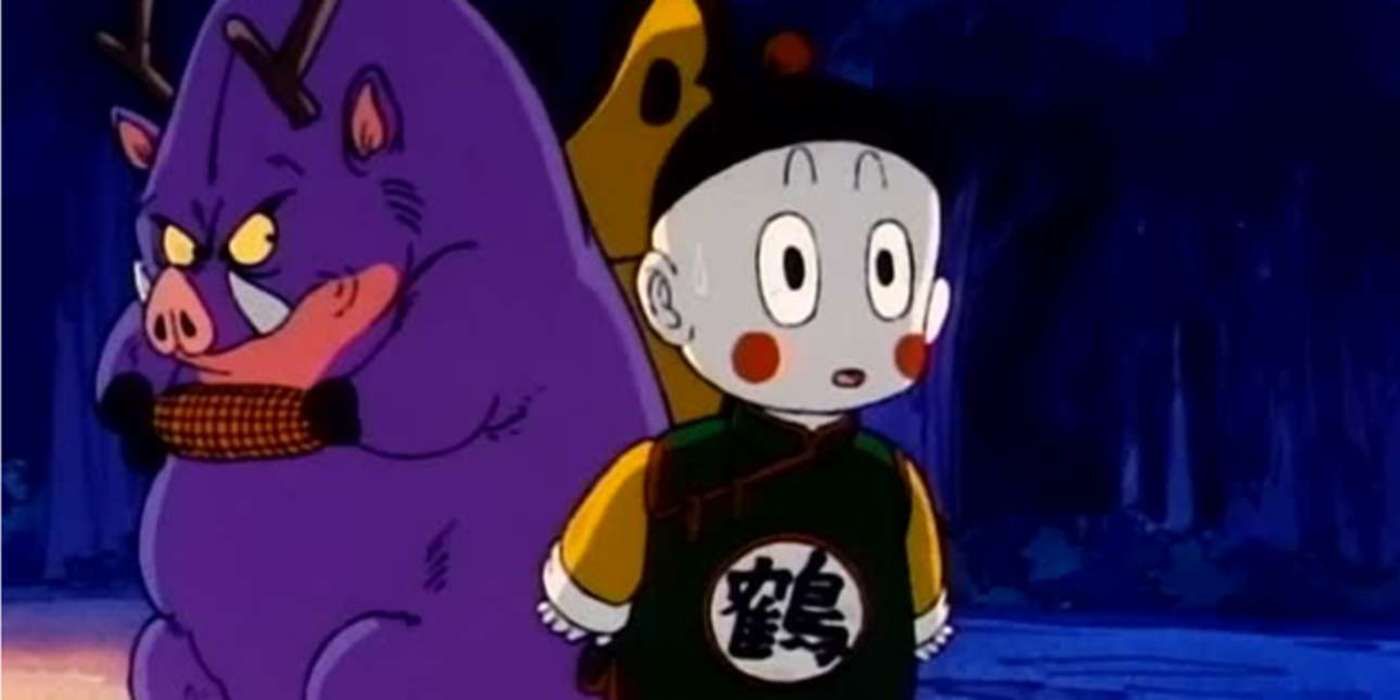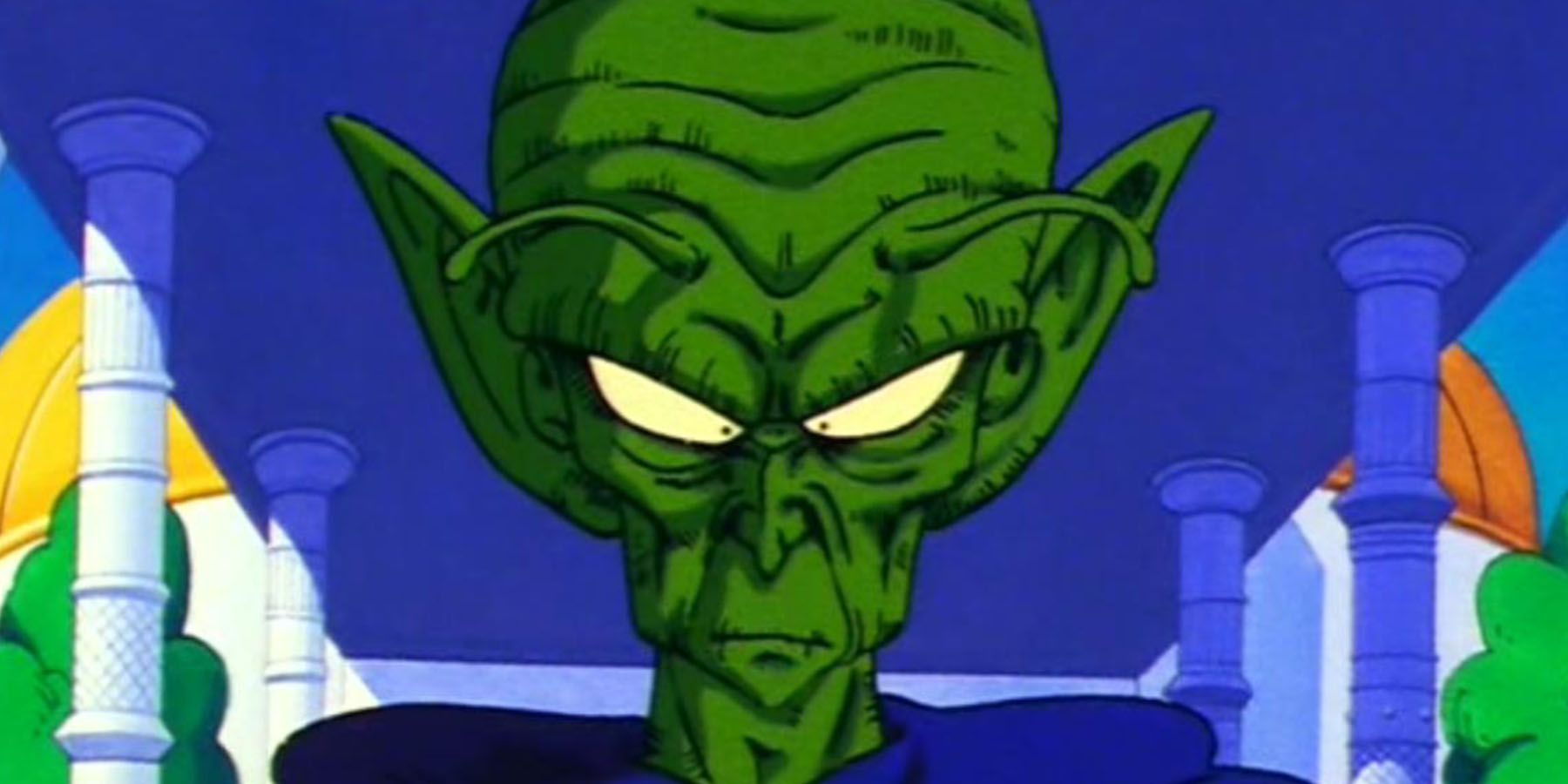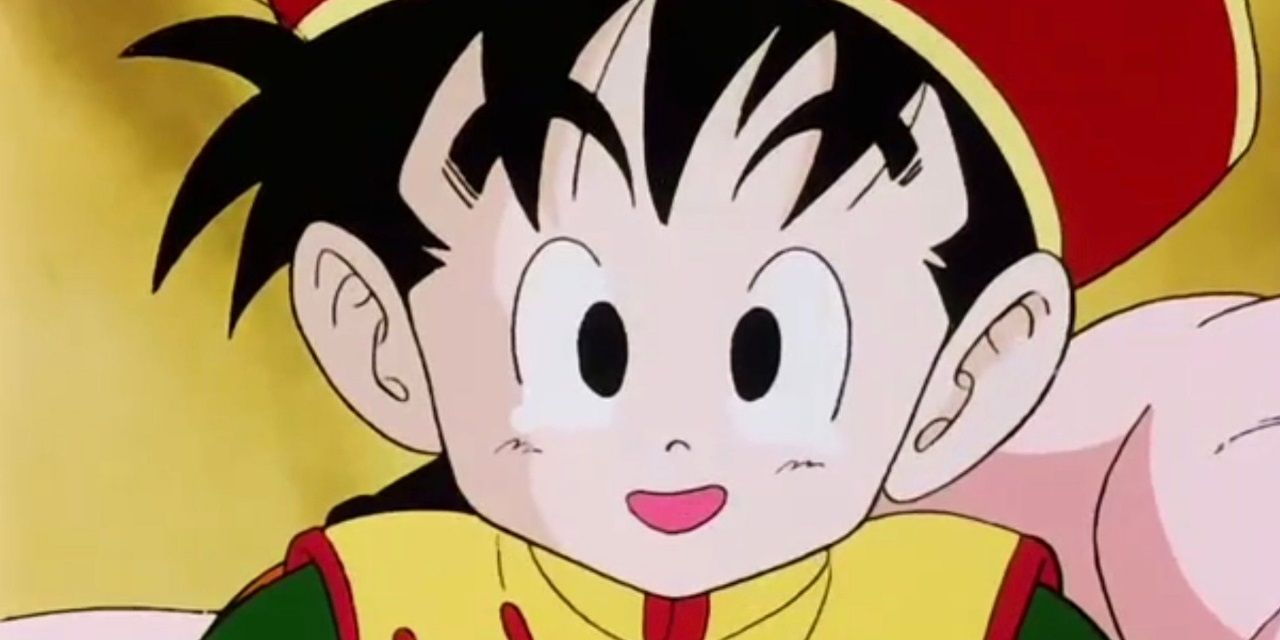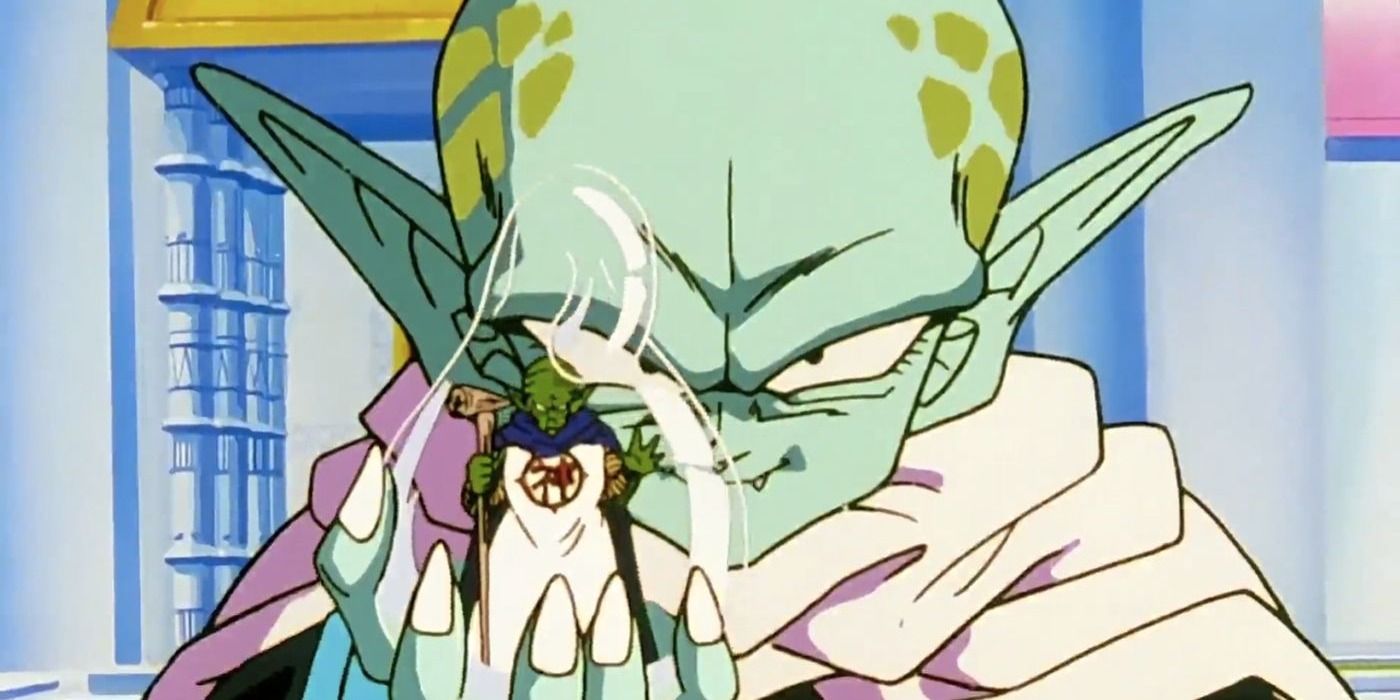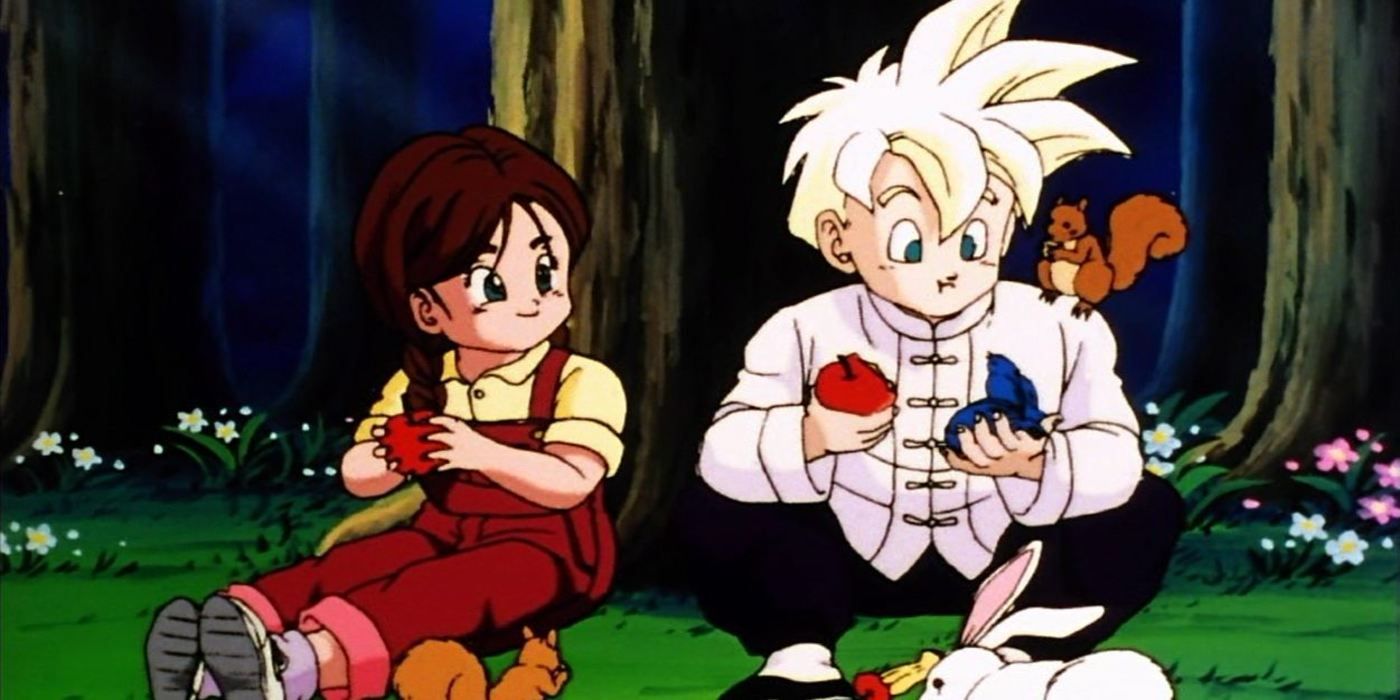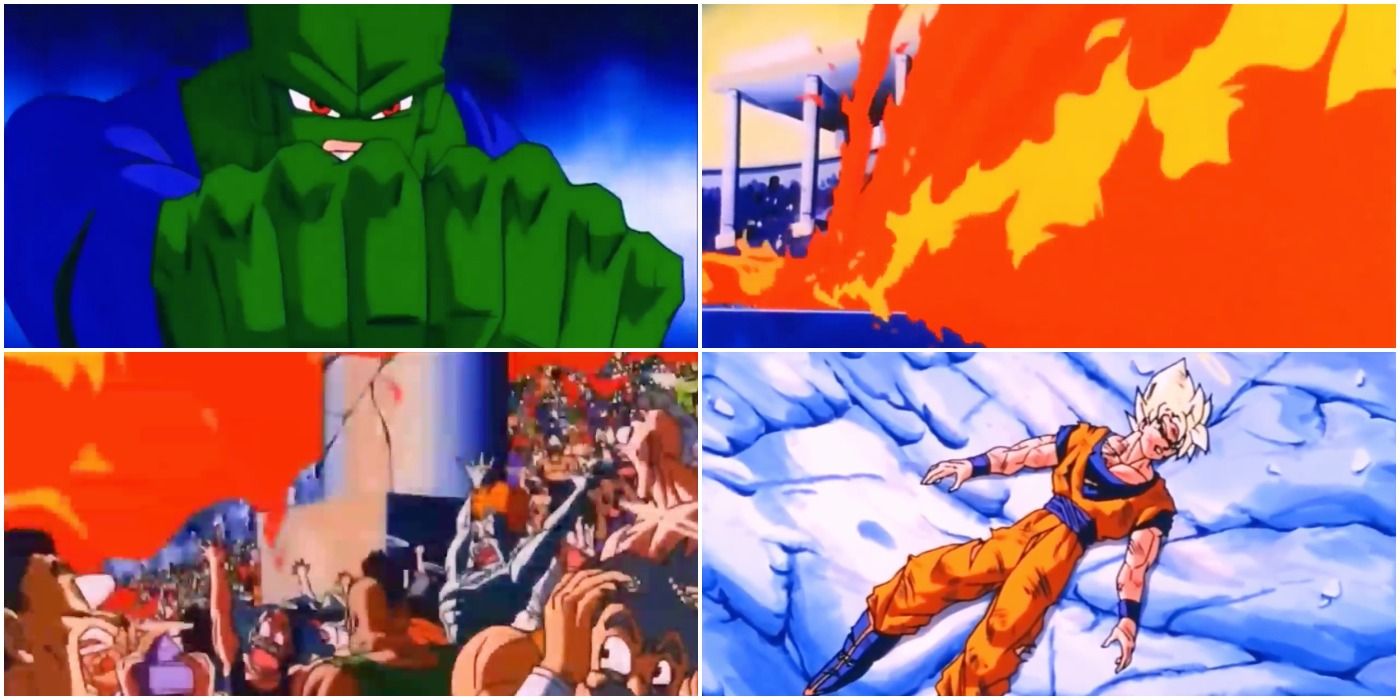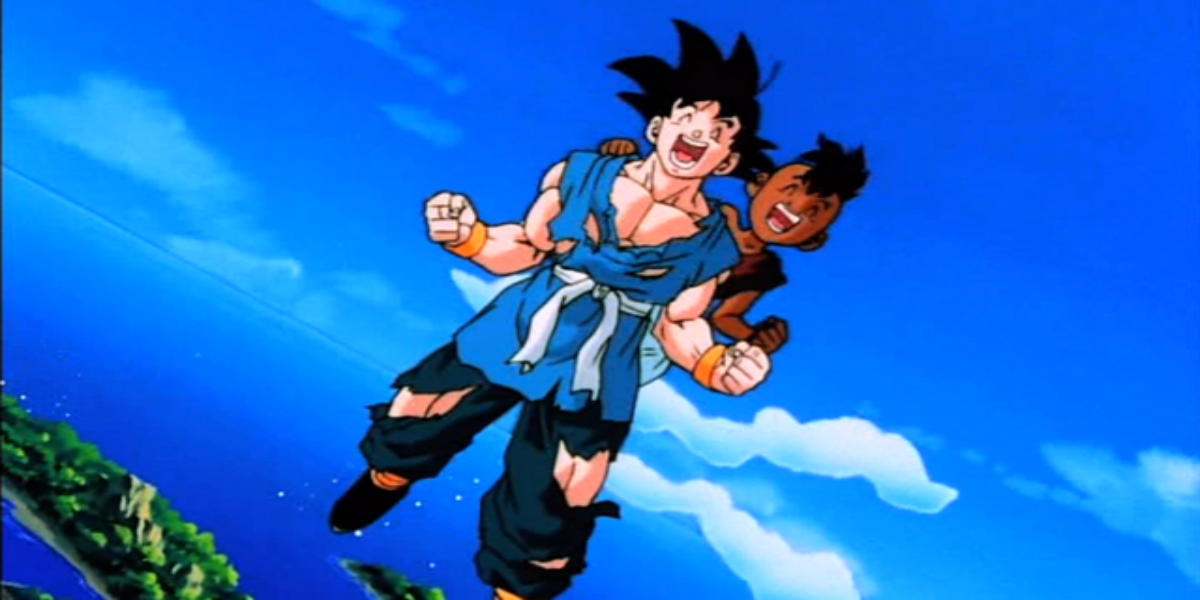Although Dragon Ball Z has caused fans to perceive the franchise as aggressively slow-paced, Akira Toriyama’s original manga was actually quite brisk. The story would always give gravity and weight to the moments that were truly important, but Dragon Ball was never a series that liked to linger. It would make its case, and move on.
Honestly, it’s what leads to the series’ quality when all is said and done, but the anime did often find ways to meaningfully expand on content that Toriyama left to the wayside. Filler gets a bad rap, but Dragon Ball’s filler isn’t too bad. Honestly, in comparison to some other Shonen anime, Toei was pretty respectful with the source material. Some of the time.
10 Goku And Krillin’s Expanded Training With Roshi
This is actually a portion of the series Toriyama spends a decent bit of time on in the manga. In expanding the training, the anime risks hurting the arc’s pacing, but it’s ultimately for the best in the long run. Goku’s training leading into the 21st Tenkaichi Budokai is so comparatively unique to what comes next, there’s really no harm in giving audiences more.
In simply expanding the training, Goku and Krillin’s friendship develops a bit more organically, and audiences can better understand the harshness of their training. Muten Roshi is putting them through the ringer, and the anime highlights that well while giving us more character interactions before the tournament.
9 The Expanded 21st Tenkaichi Budokai
Notably, the tournament itself also got some rather interesting filler. In the manga, the entire tournament happens over the course of a single day. That’s why it’s sundown by the time Goku and Jackie Chun finish their match– with the sun gradually lowering over the course of the tournament. It’s a nice touch, but the anime chooses to split the tournament up into days.
A downpour at the end of the quarter-finals ends up rescheduling Goku and Giran’s match, but this intermission helps serve as a moment of fresh air smackdab in the middle of the tournament. It allows the characters an opportunity to regroup, and the atmosphere during the intermission is unique for Dragon Ball.
8 Goku’s Solo Training For The 22nd Tenkaichi Budokai
The end of the Red Ribbon Army arc marks the first time that Dragon Ball sees a major time skip. While time had passed during arcs prior, the series always carefully transitioned from one story arc to the next in a continuous fashion. These first three arcs, in a way, tell one specific story rooted in Dragon Ball’s early context.
It’s fitting, then, that Toriyama jumps straight to the 22nd Tenkaichi Budokai, but the anime chooses to spend a bit more time with this younger Goku before letting him go. Goku’s training not only sees him meeting Tenshinhan & Chaozu early, but these episodes actually spend time having Goku grow his tail back so he can start fortifying it.
7 Goku Trains With God
This piece of Dragon Ball filler is something of a double edged sword. Toriyama skips Goku’s training with God leading into the 23rd Tenkaichi Budokai, but he does so deliberately. We don’t see Goku’s training as a means of building intrigue heading into the tournament. We don’t know how strong Goku is, which is part of the arc’s allure.
The anime, however, chooses to expand this portion of the series. While audiences, in turn, lose the mystique of Goku training with God, these episodes are conceptually quite sound– with Mr. Popo teaching Goku valuable philosophy and Goku himself actively struggling with the training, something seldom if ever seen in Dragon Ball.
6 Gohan’s Early Saiyan Arc Training
Despite the fact Gohan technically spends six months alone training in the wilderness during the Saiyan arc, we don’t see much of it in the manga. As soon as Gohan turns into an Oozaru and Piccolo bestows the boy his sword, the manga almost immediately cuts ahead to six months later– Gohan now confident and ready to train with Piccolo.
While the anime doesn’t fill out the entire period, it does cover quite a bit of it, showing Gohan’s early days in the wild before building that confidence he needs not only to survive alone, but to withstand the harshness of Piccolo’s training. These sets of episodes also help in fleshing out Gohan and Piccolo as characters before their big moments later in the arc.
5 The Garlic Jr. Arc
The Garlic Jr. arc gets a lot of flak, and for good reason– tying into a non-canon movie that’s never referenced in the anime being the most notable problem– but conceptually it isn’t too bad at all. Animation wise, it’s one of the best stretches of original content in all of Dragon Ball Z. That alone makes it worth watching.
Narratively, it’s interesting to see the focus strictly on the side characters. Both Goku and Vegeta are completely absent from the plot, allowing Gohan and Krillin to take on the leads roles. Even Kami and Mr. Popo get something to do this arc. It’s short and ultimately forgettable once the Cell arc gets going, but the Garlic Jr. arc is a nice side-story inbetween sagas.
4 Peace Before The Cell Games
Even in the manga, there’s a bit of downtime heading into the Cell Games. It’s the last real chance the heroes have to relax, and that Goku dies during the Cell Games adds even further weight to this portion of the series in retrospect. At one point, this was meant to be the last time Goku was alive and able to relax.
The anime expands this portion of the manga, wisely choosing to shine the spotlight on Gohan. Quite a bit of work is done fleshing out his character, making Goku passing the torch to his son during the Cell Games lands with a bit more weight than it did in the manga. In general, though, DBZ handles Gohan’s filler material well.
3 The Afterlife Tournament Arc
Taking a page from the anime’s adaptation of the Freeza arc, the Cell arc chooses not to immediately jump to the Buu arc. Where the manga makes it clear Gohan is the main character right away, the anime decides to throw the Cell Games’ important narrative and thematic building blocks away in favor of a farewell tournament of sorts for Goku.
While the animation does leave quite a bit to be desired, this is an interesting filler arc with plenty of fun characters, matchups, and story beats. It doesn’t fit into the series’ depiction of the afterlife whatsoever, but it’s fun to have some idea of what Goku was up to after he died the second time around.
2 Pre-EoZ Filler
Rather than diving into the next major story beat like its manga counterpart, the anime once again takes a page from the Freeza arc’s adaptation and instead chooses to linger on a period of time that went unseen in the manga. Although it’s only for 2 episodes, the Buu arc is followed by a pleasant denouement where the cast get to relax following the tense saga.
“You’re Late, Goku! Everyone Party!!” in particular feels like the Toei staff’s own personal series finale for Dragon Ball. It’s the last real big filler episode, and it’s mainly used as a means to highlight Goku as a character and the relationships that define Dragon Ball. It’s nice to keep in mind heading into the End of Z era.
1 EoZ Filler
In typical Akira Toriyama fashion, Dragon Ball’s original ending comes like a sucker punch. While it’s clear in hindsight that Toriyama was building towards the series’ conclusion, Goku flying off with Uub is just so sudden– to say nothing of how little we end up seeing of this portion of time in the series’ history.
In the same way, the anime expands the pre-End of Z era, this final chunk of Dragon Ball Z sees some meaningful additions. Nothing too major, and the ending is still rather short all things considered, but character dynamics are highlighted more and a point is made to spend some time with Pan before shipping Goku off.

